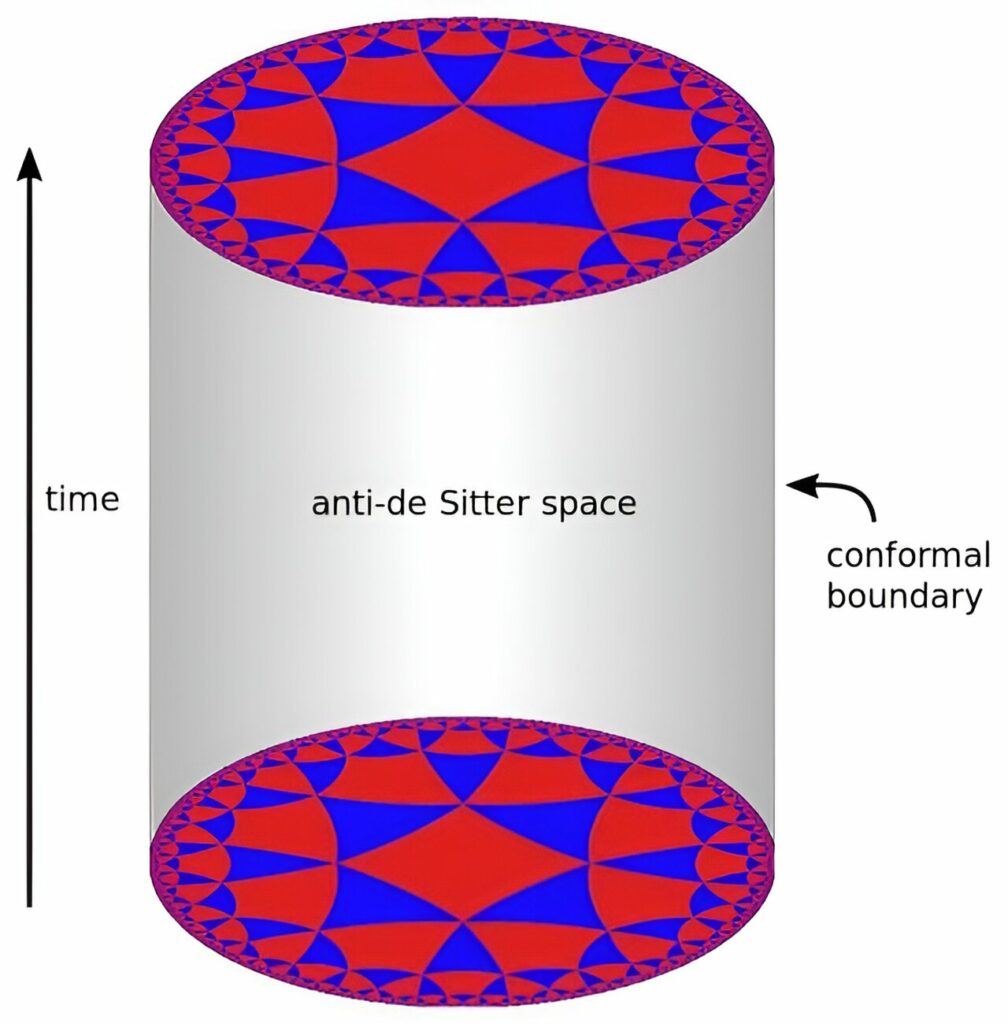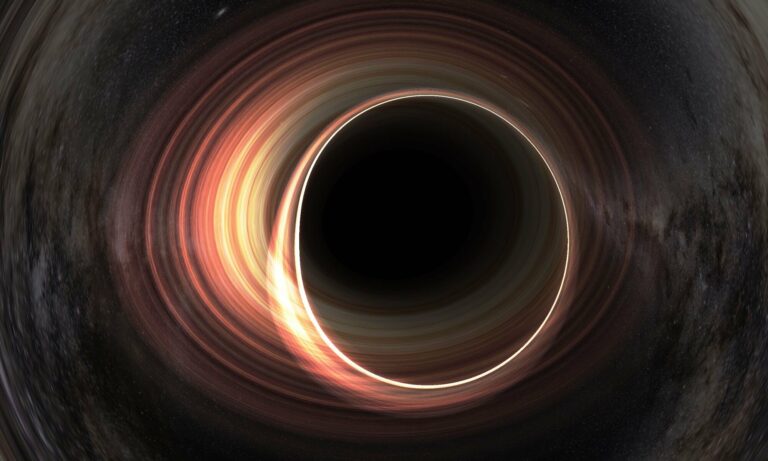Navigating the Thin Boundary Between a Black Hole Energy Factory and a Black Hole Bomb
Black holes possess immense gravitational power, making them formidable celestial entities. Consequently, one might assume that there exists a method to harness energy from them, and indeed, this assumption is correct. Even if we were to encounter a black hole in the vast emptiness of space, we could still extract energy through a technique called the Penrose process.
The Penrose process, initially proposed by Roger Penrose in 1971, enables the extraction of rotational energy from a black hole. This process relies on a phenomenon known as frame dragging, wherein the rotation of a celestial body causes the surrounding space to twist. As a result, an object descending towards the body is slightly pulled along the path of rotation. While we have observed this effect in proximity to Earth, its magnitude is minuscule. However, in the vicinity of a rotating black hole, the effect becomes significantly amplified. Within a specific region called the ergosphere, objects can be dragged around the black hole at speeds surpassing that of light in free space.

The Penrose process involves entering the ergosphere of a rapidly rotating black hole and releasing a small amount of mass or radiation into it. As a result, you are propelled away from the black hole at a faster speed than when you approached it. The additional energy gained is counterbalanced by a decrease in the black hole’s rotation. In theory, this process can extract up to 20% of the black hole’s mass energy, which is a significant amount. In comparison, the fusion of hydrogen into helium only yields about 1% of the mass energy.
However, theoretical physicists are always seeking to push the boundaries further. They question why it wouldn’t be possible to extract more than 20% of the mass energy from a black hole. This question forms the basis of a recent paper published on the arXiv preprint server. It is important to note that this paper focuses on a more abstract concept of a black hole, different from what we observe in the universe.
Typically, black holes can be characterized by three properties: mass, rotation, and electric charge. The black holes we observe possess the first two properties, but not the third, as matter is electrically neutral. However, this paper concentrates on charged black holes. Additionally, the universe is expanding and can be approximately described by de Sitter space, a solution to Einstein’s equations that represents an empty universe with a positive cosmological constant.
On the other hand, anti-de Sitter space (AdS) represents a universe with a negative cosmological constant. Although AdS does not accurately depict our universe, it allows for certain mathematical techniques that theorists find useful. Therefore, it is frequently employed to explore the limits of general relativity. The paper in question specifically examines a charged black hole in anti-de Sitter space.

Despite being a purely hypothetical study, it presents an intriguing “what-if” scenario. Instead of harnessing energy from a black hole’s rotation, the authors explore the possibility of extracting energy through particle decay using the Bañados-Silk-West (BSW) effect. By employing electromagnetic or physical confinement mirrors, particles can be repeatedly reflected near the event horizon, gradually accumulating energy from the black hole until they decay into usable energy.
However, the authors highlight a significant issue with this concept. It can result in a runaway effect where particle energy amplifies itself in a feedback loop, leading to what is known as a black hole bomb. Therefore, caution must be exercised when constructing a power plant near a charged black hole in an anti-de Sitter universe.
Interestingly, the authors also investigate the scenario of a charged black hole in an otherwise empty anti-de Sitter universe. In this case, energy can still be extracted from the black hole, but instead of using mirrors, the very structure of spacetime itself acts as a confinement chamber. Consequently, the charged black hole naturally releases energy without relying on quantum gravity. Notably, this scenario does not pose the risk of a black hole bomb.
It is important to note that none of these findings are applicable to real black holes in our universe. The Penrose process remains the most viable option as far as our current knowledge goes. Nonetheless, studies like this are valuable as they shed light on the fundamental nature of space and time. We now understand that even in an imaginary anti-universe, black holes have the potential to emit energy over time.
This article is republished from PhysORG under a Creative Commons license. Read the original article.
Do not forget to share your opinion with us to provide you with the best posts !




0 Comments